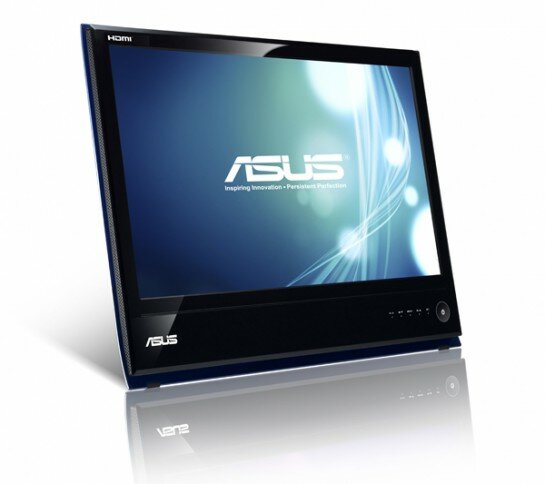 If you’ve stepped into an electronics superstore with the intention of buying an LCD monitor recently, you’ve probably been assailed by hundreds of stickers filled to the edges with specifications. The usual suspects are screen size, native resolution, contrast ratio, aspect ratio, refresh rate, viewing angle and response time. While these figures alone should provide you with ample information to make a considered purchase decision, having an awareness of the major technologies employed in the manufacture of these flat panel displays will enable you to zero in on one that best suits your needs — and to sift out the real gems among the chaff.
If you’ve stepped into an electronics superstore with the intention of buying an LCD monitor recently, you’ve probably been assailed by hundreds of stickers filled to the edges with specifications. The usual suspects are screen size, native resolution, contrast ratio, aspect ratio, refresh rate, viewing angle and response time. While these figures alone should provide you with ample information to make a considered purchase decision, having an awareness of the major technologies employed in the manufacture of these flat panel displays will enable you to zero in on one that best suits your needs — and to sift out the real gems among the chaff.
Here’s a quick look at the most prevalent technologies.
Twisted Nematic (TN)
Commonly used in low to middle range LCD monitors, TN panels are characterised by extremely quick response times and wallet-friendly price tags. The fast response times — as low as 2ms — enable them to display fast-paced sequences with no ghosting (blurred images) and digital noise, making monitors based on TN technology attractive to gamers with a penchant for first person shooters (FPS games).
As their low cost suggests, however, TN panels are predictably the poorest performers in terms of colour reproduction and contrast ratios. Photography aficionados who engage in serious digital imaging will likely be irked by their inability to display accurate blacks as well as the full spectrum of 16.7 million colours. TN panels also offer the narrowest viewing angle out of all the LCD panel technologies, which means that users who aren’t positioned right at the centre of the screen will experience compromised visuals (images may appear washed out, for example). Another common complaint about TN panels is the fact that dead pixels show up as bright spots, making them very noticeable to the naked eye.
In-Plane Switching (IPS)
The choice of graphic design professionals, IPS panels deliver sharper images, accurate colours (the full complement of 16.7 million colours) and the widest viewing angles among the LCD panel technologies available today. With IPS panels, graphic artists can be assured of better colour fidelity and consistency regardless of the viewing angle. An added boon is that, unlike TN panels, dead pixels on IPS panels are black, making them a lot less distracting.
On the downside, IPS panels suffer from lengthened response times, usually ranging between 6ms and 16ms. If you’re a fervent FPS gamer, you should avoid any IPS monitor with a response time in excess of 8ms, as there is a good likelihood of ghosting occurring during game play. IPS panels are also substantially costlier than TN equivalents, but models priced for mainstream consumers can still be found with some determined searching.
Vertical Alignment (VA)
Designed to deliver improved visual quality over TN panels while offering better affordability than IPS panels, VA technology straddles the gap between TN and IPS from a capabilities standpoint — leaning more toward the latter. VA panels produce the most accurate blacks among all LCD panel types due to their higher contrast ratios, and decisively trump TN panels — but not IPS panels — in the viewing angle and colour reproduction departments.
A major drawback of VA panels, however, is their slow response times — typically poorer than both TN and IPS. This makes them generally unsuitable for fast paced gaming. They are also susceptible to colour shifting — the discernible change in colour and brightness that occurs when the user changes his or her viewing angle — but less so than TN panels. Advances in VA technology have alleviated this issue to a fair extent, but it might still pose enough of a problem for graphic design professionals.
Despite these flaws, users who work primarily with documents and who don’t require fast response times will appreciate VA panel-based monitors for their ability to deliver IPS-like performance at a more attractive price.
There you have it. I hope that the basics above will enable you to navigate the vast and all-too-confusing world of LCD monitors with greater precision and confidence.
